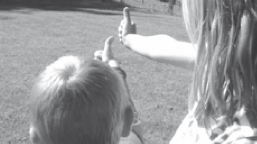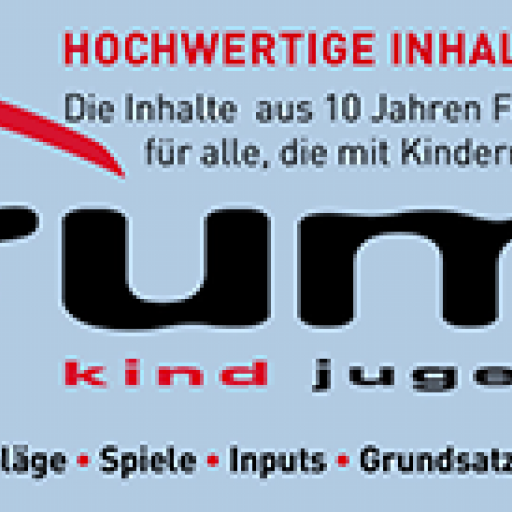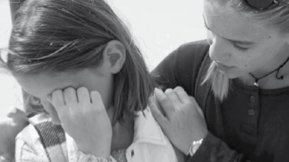Estimating distances takes some practice, but is worthwhile - especially in orienteering and outdoor programming.
Bet: You can't estimate the length of five 50-lappers strung together to within 10 mm?
This article is a Forum issue article and it is attached as a pdf below.
Orienteering
Not only - but also - in an orienteering race it is immensely helpful if I can estimate a distance in advance. Who likes to go back just because the step measure is not calibrated?
Estimating lengths needs a lot of practice in addition to a good calibration measure. The following tips will help you (and also the children in your outdoor program) to orientate yourself better and not to run too far too often in an orienteering event.
Going the distance
From the Jungschi everyday life we know: Norda means north - orient - direction - dromedary - up and down. Sure, the dromedary stands for distance: not only the direction and the heights are important, just so the right distance matters. (see also Forum- Child, No. 2/2006: "From A to B" and "Introduction to Orienteering" in the download)
Learn to estimate better
To help you improve your own estimates, it's beneficial to divide a distance (or even a height or weight, etc.) into smaller (possibly equal-sized units). For example, it's much easier to estimate the diameter of a 50-cent piece than the length of all five fifties.
But also "dipping in" using a maximum and minimum length helps keep the estimation error more under control.
Note also that distances are often estimated too short when visibility is good and the sun is behind you, and too long in bad weather.
Method alphabeth distances
A like eyesight
Really large distances are best estimated using the power of the eye. The following table will help you make a good estimate based on detectability in normal lighting:
- 15 km castle, steeple, antenna
- 7 km house, barn
- 3 km moving cars
- 1.5 km group of people, cars
- 1 km single tree, cow
- 700 m single person from group
- 500 m color of clothes
- 300 m face as bright spot
- 200 m details of clothing
- 100 m eyes as dark spots
- 50 m eyes, mouth, nose
B as footwork
Nothing is as simple as pacing a track. To do that, though, you need to know your stride well. Memorize the number of steps for a distance of 100 m on the road, uphill and downhill and in the running step well. You will be able to use this mass again and again.
C as in Cnall
Airborne sound travels approximately 330 meters per second. By counting the sec- onds, between the hammer blow and the bang, you can easily calculate how far away the farmer is putting his new fence.
D like thumb jump
To use the thumb jump correctly is probably one of the highest feelings of a young sharpener: Stretch out your arm completely and observe between which points on the horizon the thumb "jumps" when you alternately sight with the right and the left eye. Multiply the estimated "jump distance" by 10 and you know the approximate distance of the object.
Method alphabet heights
E like "a shadow"
You calculate the height of a tree in sunshine with a rule of three: Max measures 1.5 m and - if Max is standing still - his shadow measures 2.2 m. The shadow of the tree measures 30 m. Consequently, the tree measures 30 m / 2.2 m x 1.5 m = 20.5 m. In bad weather the tree is (hopefully) not visible at all.
F like law of falling
The easiest way to calculate the height of a bridge is to measure the time it takes for a stone to fall into the stream. Multiply the time in seconds by itself and then by 5 to get the height: 2 seconds of fall time give 2 x 2 x 5 = 20 m height. Do not use a spring for this experiment...!
I wish you much success and few "returns" on your next OL.
- Content and image: Forum Child Issue 10/14, page 21. Estimate distances, thumb jump, length/height/width. © Copyright www.forum-kind.ch
- Author: Lori Keller, BESJ Secretary
Content may be automatically translated. Help improve the quality of the translation with your editing!




